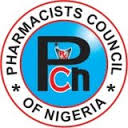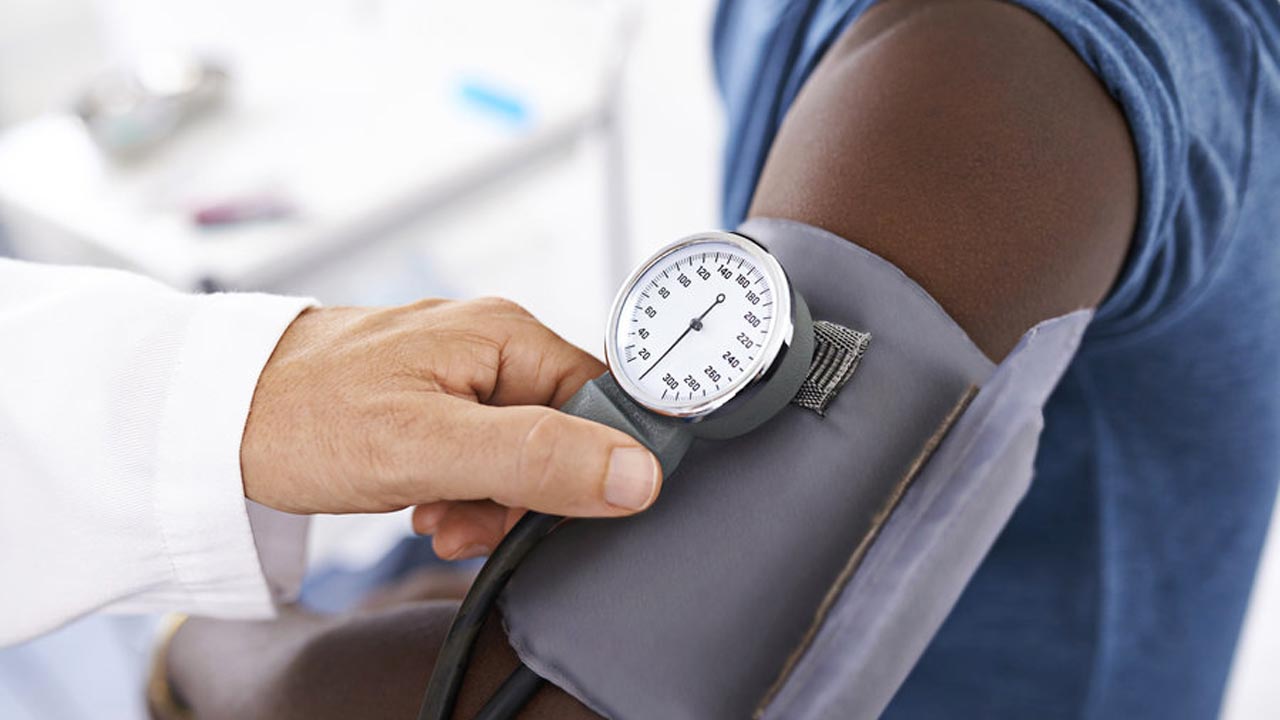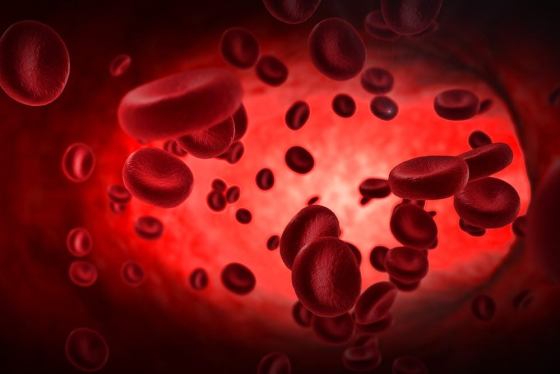Outline
- Tetanus Overview
- Tetanus Admission 2019
- 2019 Tetanus Patient Demography
- Tetanus Admission 2020
- 2020 Tetanus Patient Demography
- Atypical Presentation
- Typical Presentation
- Challenges in our Settings/Solutions
Tetanus Overview
- Tetanus is a nervous system disorder characterized by muscle spasm.
- Caused by clostridium tetanus found in soil, and in human and animal excrement.
- It is endemic in children in development countries.
- Incidence increases following natural disaster & in conflict and post-conflict
- Incubation Period: ranges from 2days to several months, Mean: 8days
- Generalized, Neonatal, Local, cephalic
Diagnosis
- Based on history & and classical findings. Always think about associated meningitis (LP recommended for confirmation)
- Treatment consists of
- supportive measures including airway management,
- wound cleaning & excision of devitalized tissue,
- Neutralization of unbound tetanus toxin
- Halting toxins production
- Control of spasms,
- pain management
- Treatment of associated infections
- Nutrition
Tetanus Admissions 2019
| MONTHS | JAN | FEB | MAR | APR | MAY | JUN | TOTAL |
| NO. OF ADM | 8 | 4 | 0 | 0 | 1 | 1 | 14 |
| MONTHS | JUL | AUG | SEP | OCT | NOV | DEC | TOTAL |
| NO. OF ADM | 3 | 4 | 4 | 0 | 2 | 1 | 14 |
2019 Tetanus Patient Demography
| Total Admissions | 28 |
| Male : Female | 17: 11 |
| 1 – 5 Yrs: 6 -10 Yrs: 11 – 14 Yrs | 12: 11: 5 |
| Spontaneous: Referred | 28: 0 |
| Triage (Yellow: Red) | 12: 16 |
| Admitted: Referral | 24: 2: 2 |
| Discharges | 28 |
Tetanus Admissions 2020
| MONTHS | JAN | FEB | MAR | APR | TOTAL |
| NO. OF ADM | 4 | 4 | 2 | 1 | 11 |
2020 Tetanus Patient Demography
| Total Admissions | 11 |
| Male : Female | 10:1 |
| 1 – 5 Yrs: 6 -10 Yrs: 11 – 14 Yrs | 2: 6: 3 |
| Spontaneous: Referred | 10: 1 |
| Triage (Yellow: Red) | 5: 6 |
| Admitted: Referral | 10: 1 |
| Discharge | 11 |
Atypical Presentation
- FM, a 9Yr old girl presented with fever, convulsion and poor appetite X3/7 admitted on 22/03/2020 into Yellow (observation)
- RDT+, HB=10.8g/dl, RBS=5.6mmol/L, HR=140, RR=42, sPO2=99%, wt=18kg, Temp=36.5C
- Initial Diagnosis: Malaria
- Reviewed Diagnosis: Generalised Tetanus (23/03/2020) No obvious focus
Treatment
- Initial Tx: Artesunate, IVF and Diazepam
- Reviewd Tx: ceftriaxone added 0n 23/3/2020
- Discharged: 8/04/2020
- Hospital Stay: 17 Days
Review of Treatment
- Artesunate: 3 doses served and continued on coartem (received 7doses)
- Ceftriaxone: 5 doses served
- Metronidazole: received 19 doses
- HTIG: 2 doses
- TT: 1 dose
- Diazepam & Tramadol:
Typical Presentation
- BG, 9yr old boy presented with trauma to the R foot X 1/52 that became infected. Admitted on 8/1/2020 into tetanus cubicle.
- RDT-ve, HB=12.3g/dl, RBS=5.2mmol/L, HR=71, RR=32, sPO2=99%, wt=17kg, Temp=34.9C
- Initial Diagnosis: Septic laceration of the dorsum of the R foot complicated by tetanus
Treatment
- Initial Tx: Ceftriaxone, flagyl,HTIG, Diazepam, IVF
- Reviewed Tx: Pcm commenced (9/1/2020), Tramadol (10/1/2020)
- Discharged: 24/01/2020
- Hospital Stay: 16 Days
Review of Treatment
- Ceftriaxone: 9 doses served
- Metronidazole: received 25 doses
- HTIG: 1 doses
- TT: not given
- Diazepam & Tramadol:
Challenges in Our Setting
- Pain Control: occasional delay in prescription. Morphine rarely available (Tramadol mostly used)
- Antibiotics: ideally Metronidazole @ 7.5mg/kg 8hourly for 7days. Either incompletely served or given more than required.
- If mixed infection (sepsis, skin infection e.t.c) is suspected, add Ceftriaxone IV and/or cloxacillin IV, or others according to protocol.
- HTIG & TT: HTIG should be administered immediate after diagnosis. Occassionally HTIG is rarely available and served much later. Since active immunization of 3 doses is recommended, then TT can be given at presentation and 2weeks later. Where a patient stayed for 4weeks the 3 doses can be given. TT also occassionally unavailable and served throughout duration of admission
- Cardiorespiratory Monitoring: because they can have periods of apnoea and airway obstruction.
- Suctioning: keep suction and bag and mask at bedsite at all times. Suction with caution, as this can provoke spasms.
- Diazepam Use: Emulsion rather than Aqueous diazepam is recommended especially for children <3yrs (less toxic).
- We hardly use diazepam continuous infusion even though some patients have been reported to have repeated spasm despite on hourly diazepam. 3 – 12mg/kg in 24hours.
- Administration of diazepam slowly for 3 -5 min is hardly done. Hypotension and respiratory depression.
- Don’t stop diazepam abruptly – causes spasm.
- Documentation: there is need to review this type regularly especially whenever there is report of a complain.
- Counseling and Follow-up.
Thanks for Listening
ABUJA: Training Schedule for Basic Life Support BLS, Pediatric Advanced Life Support (PALS), Advanced Cardiovascular Life Support ACLS, First Aid, CPR, AED
PORTHARCOURT: Training Schedule for Basic Life Support BLS, Pediatric Advanced Life Support (PALS), Advanced Cardiovascular Life Support ACLS, First Aid, CPR, AED
LAGOS: Training Schedule for Basic Life Support BLS, Pediatric Advanced Life Support (PALS), Advanced Cardiovascular Life Support ACLS, First Aid, CPR, AED





